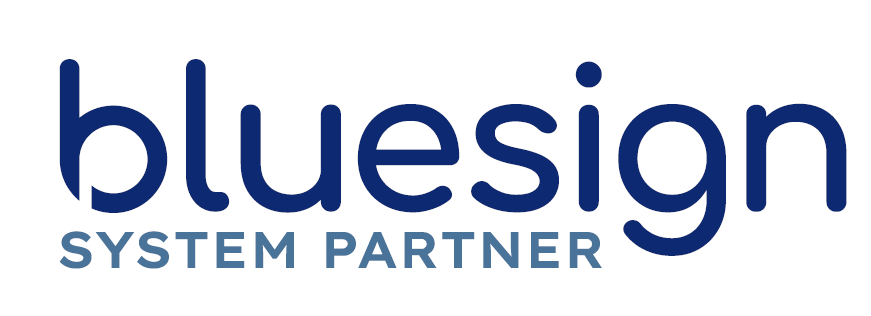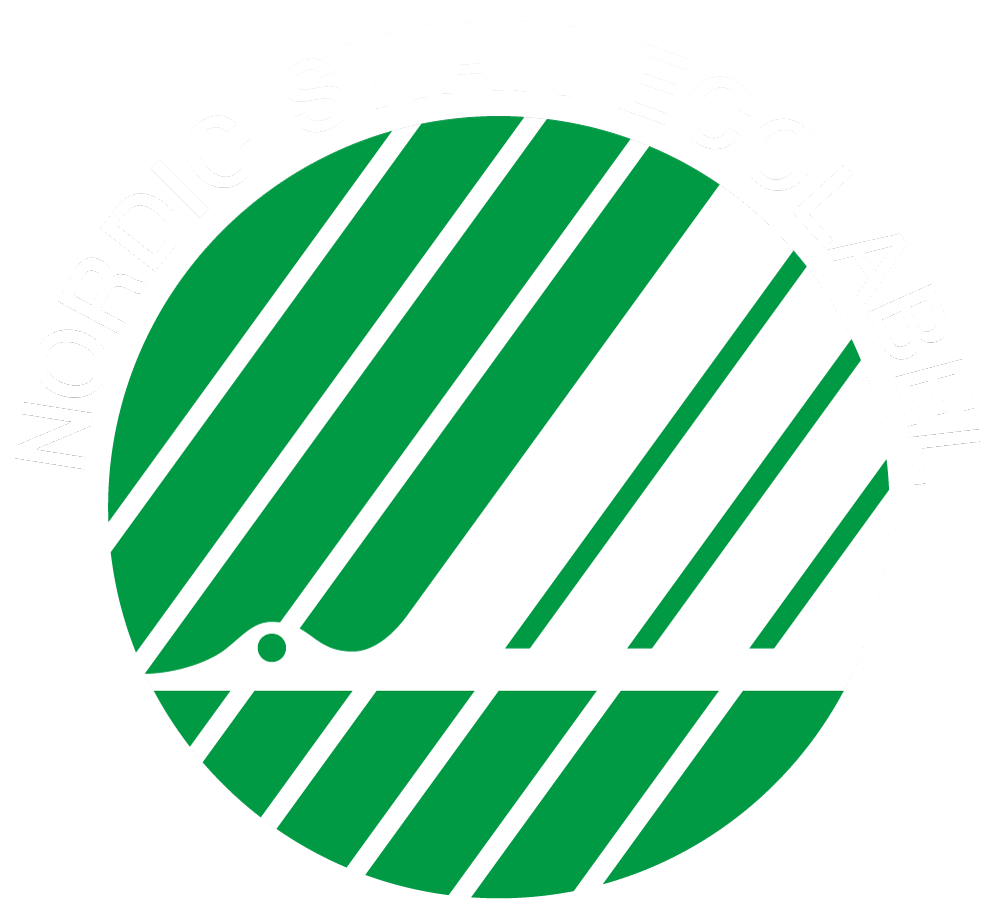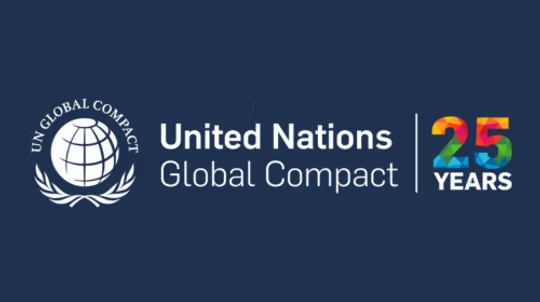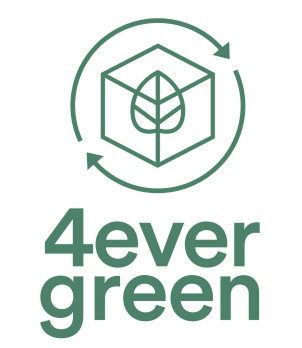Taking the lead to protect our oceans
Traditional textile manufacturing consumes a huge volume of fresh water and produces wastewater that can contaminate rivers and the ocean, harming habitats and wildlife. With regulation and public sentiment increasingly aligning on water conservation and pollution prevention, mills, brands and suppliers must be part of the solution.
As a global leader in sustainable specialty chemicals for the textile industry, Archroma advocates addressing this issue through innovation and partnership on two fronts: by reducing total water use and minimizing wastewater, and by preventing unwanted substances from entering the supply chain.

Our portfolio is based on sustainable solutions that prove it is possible to achieve more efficient manufacturing and offer a better end-user experience while ensuring regulatory compliance and using less water and fewer chemicals. We also empower mills and brands through tools, like our ONE WAY Impact Calculator, that help them track water-related data and optimize their processes.
Björn Borg, the Swedish sports fashion brand, has adopted the Archroma High IQ® Lasting Color ECO assurance program to deliver sports apparel in vibrant long-lasting colors with a smaller impact on our environment. The High IQ® process halves water usage and production time, with greatly reduced energy and chemicals consumption.
In China, a producer of high-end woolen fabrics for global markets upgraded to a chrome-free LANASOL® dye solution to deliver optimal fastness and wool quality while improving productivity. It was able to reduce its production process by two washes, achieving substantial savings of water and energy and lowering wastewater treatment costs, with no chrome in the wastewater to take care of to take care of.

We have seen a marked shift towards the use of safer ingredients in recent years, with growing public awareness of sustainability alongside regulatory change and more brand recognition of clean manufacturing as a key differentiator.
Technical innovation has made it possible for mills to maintain the performance of their textiles and their production efficiency whilst utilizing safer, cleaner chemistry This keeps unwanted chemicals out of the supply chain and ensures they cannot pollute waterways such as rivers, lakes and the ocean.
For example, Aniline a key ingredient in indigo dyestuff and a pollutant that contaminates wastewater from the denim dyeing process. Long considered essential to the production of iconic blue jeans, it is now known to be toxic to aquatic life. Archroma disrupted the denim industry in 2018 with the introduction of an aniline-free indigo alternative: Denisol® Pure Indigo. With the world’s major clothing brands and retailers increasingly looking to eliminate aniline from their supply chains, many leading mills are switching to aniline-free Denisol®.
One of the largest and oldest denim manufacturers in Asia, TCE Denim, uses Denisol® Pure Indigo dye for aniline-free production at its plants in Vietnam. It follows a fully sustainable production model, recycling all wastewater into water of drinking-level quality.
Supporting brands, retailers and consumers, many fabric mills and their suppliers are already stepping up to help protect the world’s oceans by using eco-friendly chemicals and adopting innovative water-saving production processes. We are proud to be part of this effort, and we remain committed to doing more through innovation and collaboration.
More News & Stories

Full Value Chain Collaboration - The Fastest Way to Sustainable Packaging
I recently asked a fellow packaging professional for their take on the industry’s progress towards sustainable packaging. The answer — “It’s rather like building a plane while you’re flying it” — succinctly captures the prevailing combination of complexity and urgency that all players in the value chain are faced with. There’s much to do in a limited time.
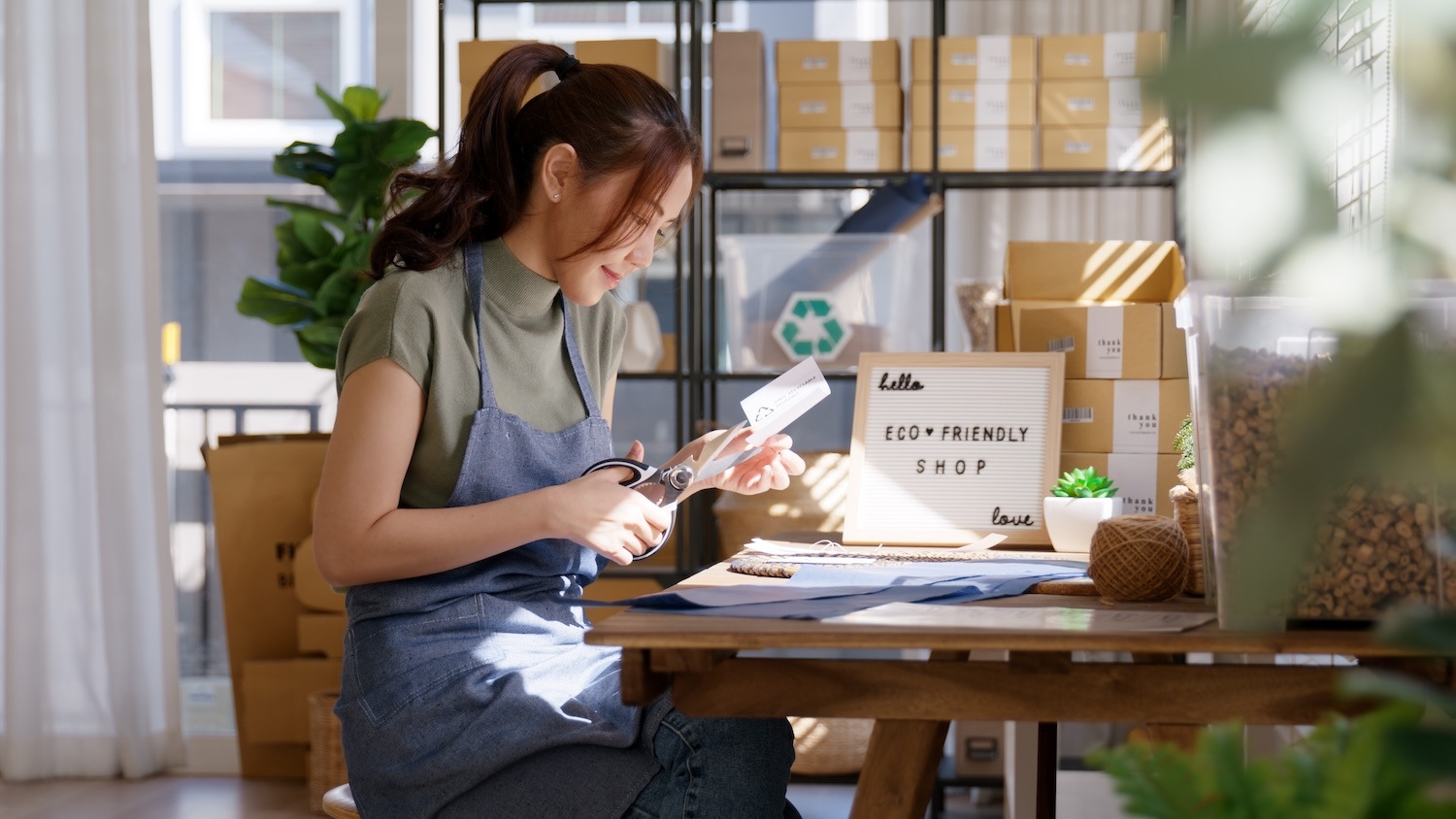
What Goes Into The Box - Chemistry's Fundamental Role in Sustainable Packaging
Without chemistry we wouldn’t have packaging at all — sustainable or otherwise. Yet, the role of chemistry in packaging is often unacknowledged, even by seasoned packaging professionals. This article explores the role of chemistry, both as an integral part of every package, and as the driving force behind true circularity in this sector.

From Pulp to Package, Package to Pulp (and back again)
The paperization trend in modern packaging has many drivers: regulatory developments, growing environmental awareness, changing consumer sentiment — all these, and more, contribute to its increasing relevance. Fully realizing its potential involves overcoming multiple practical challenges, and packaging producers need partners who understand what happens at every step of the value chain loop.
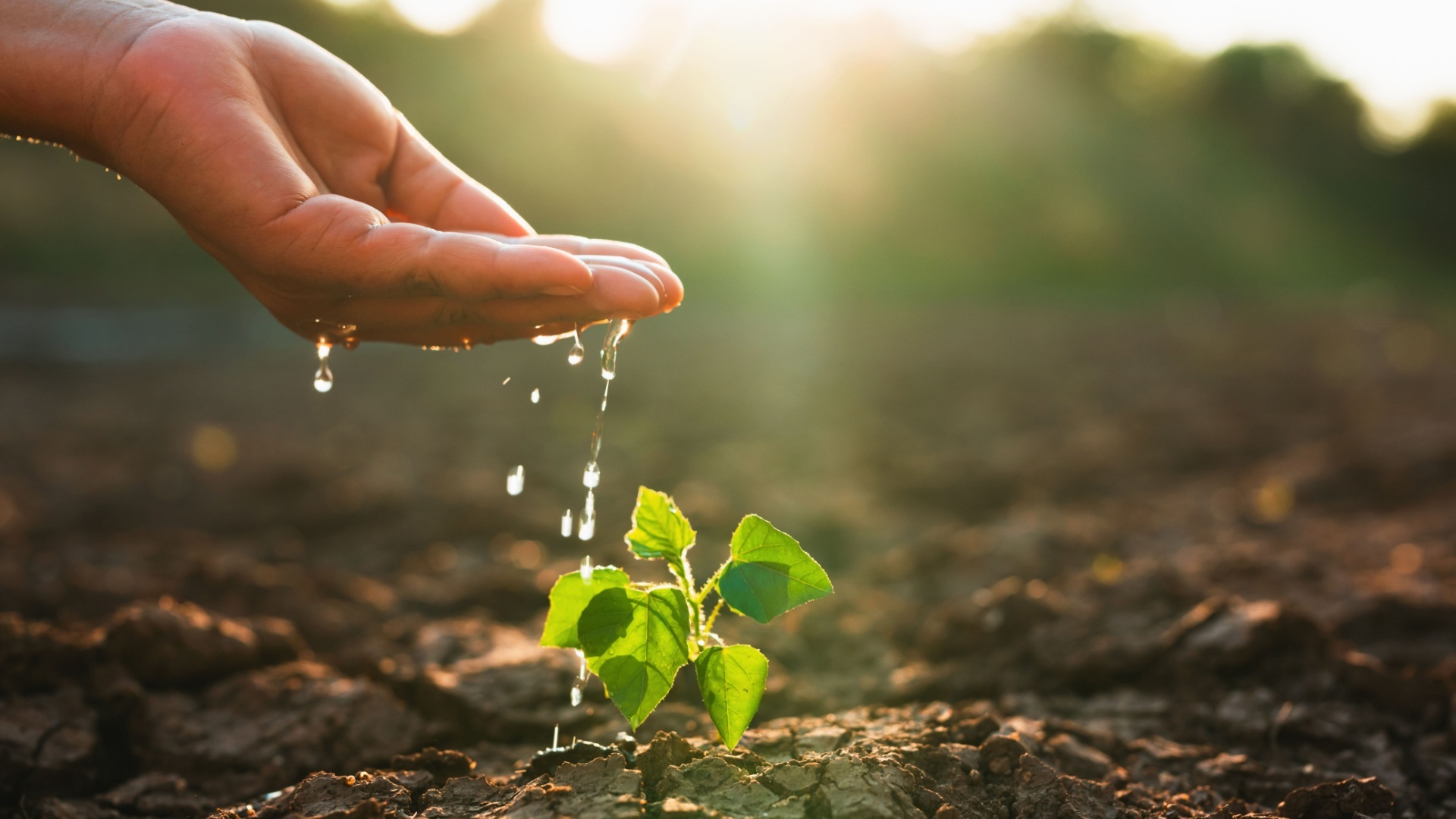
Uniting for Water and Climate: The Measurable Impact of SUPER SYSTEMS+
Every year on March 22, people worldwide mark World Water Day: a time to celebrate water and take action on the global water crisis. This year, the date also coincides with Earth Hour, when millions switch off lights and pledge an hour of their time to the planet.
Archroma are proud members and/or partners with the following organizations

